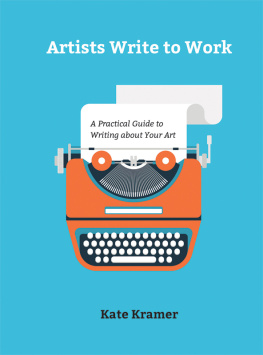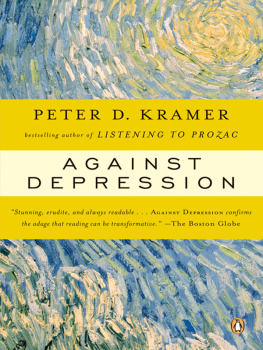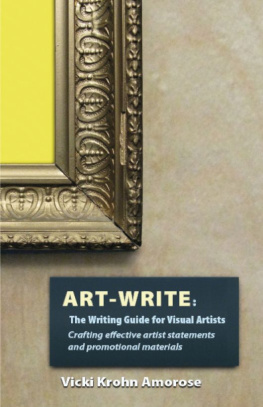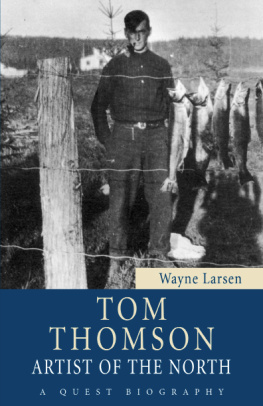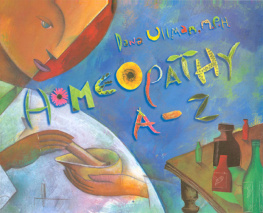Copyright 2018 by Kate Kramer
Library of Congress Control Number: 2018937432
All rights reserved. No part of this work may be reproduced or used in any form or by any meansgraphic, electronic, or mechanical, including photocopying or information storage and retrieval systemswithout written permission from the publisher.
The scanning, uploading, and distribution of this book or any part thereof via the Internet or any other means without the permission of the publisher is illegal and punishable by law. Please purchase only authorized editions and do not participate in or encourage the electronic piracy of copyrighted materials.
Schiffer, Schiffer Publishing, Ltd., and the pen and inkwell logo are registered trademarks of Schiffer Publishing, Ltd.
Cover design by John Cheek
Type set in Bitter
ISBN: 978-0-7643-5649-0
978-1-5073-0151-7 (EPUB)
Printed in China
Published by Schiffer Publishing, Ltd.
4880 Lower Valley Road
Atglen, PA 19310
Phone: (610) 593-1777; Fax: (610) 593-2002
E-mail:
Web: www.schifferbooks.com
For our complete selection of fine books on this and related subjects, please visit our website at www.schifferbooks.com . You may also write for a free catalog.
Schiffer Publishings titles are available at special discounts for bulk purchases for sales promotions or premiums. Special editions, including personalized covers, corporate imprints, and excerpts, can be created in large quantities for special needs. For more information, contact the publisher.
We are always looking for people to write books on new and related subjects. If you have an idea for a book, please contact us at .
Acknowledgments
This primer, a distillation of about twenty-five years of personal and professional experience in the arts and humanities, is my way to pay it forward. In a way, its an homage to those who shared the wealth of their experience and knowledge with me along the way. Richard Weedman, Helaine Fendelman, Christopher Poehlmann, Valerie Ross, and Merry Weisner-Hanks have gone above and beyond over the years. The artists, former students, gallerists, and writers who generously contributed to this volume deserve a special thank-you as well: Rochelle Weiner, Wendy and Marvin Hill, Fred Tieken, Lauren Purje, Caroline Dy, Morgan Dummitt, Greg Bich, Michael Davidson, Jason Rohlf, Greg Klassen, Henry Klimowicz, Carolina Hernandez Beltran, Steve Minicola, Theresa Abel, and my darlings Charlotte and Theo. Both the Barnes Foundation (Philadelphia, Pennsylvania) and the Utah Division of Arts also graciously granted permission to reprint materials. Finally: I thank Peter Schiffer and his publishing team for believing in this project and for bringing this writing guide for artists into print!
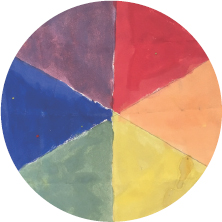
Theo Poehlmann. Color Wheel, 2015. Watercolor on paper.
Photo credit 2017 Christopher Poehlmann
Introduction
Artists write. Every day.
It might not be the favorite activity that gets them humming in the studio, but they write. Every day.
Artists write blogs, emails, and posts to websites and social media. Daily. They also periodically write agreements, applications, and proposals, along with the ever-important cover letters. To support these written agreements, applications, and proposals, artists write artist biographies, resumes, and statements. Regularly.
Craft and fine artists practice a range of specialties. Following the Bureau of Labor Statistics (US Department of Labor) lead, this volume uses the term artist to reference a wide variety of creatives: cartoonists, ceramic artists, fiber artists, fine art painters, furniture makers, glass artists, illustrators, jewelry artists, medical and scientific illustrators, public artists, printmakers, sculptors, sketch artists, tattoo artists, and video artists. Designers would (should!) be included in this list as well. In addition, the BLS provides this interesting nugget of information:
In addition to selling their artwork, many artists have at least one other job to support their craft or art careers. Some artists work in museums or art galleries as art directors or as archivists, curators, or museum workers, planning and setting up exhibits. Others teach craft or art classes or conduct workshops in schools or in their own studios. For more information on workers who teach art classes, see the profiles on kindergarten and elementary-school teachers, middle-school teachers, high-school teachers, and postsecondary teachers. (www.bls.gov/ooh/arts-and-design/craft-and-fine-artists.htm#tab-2. Accessed May 23, 2017.)
For anyone looking for day jobs related to their art, the Bureau of Labor Statistics provides a wide range of options to investigate. It also provides standard incomes and forecasts job growth.
The student who went to art school to avoid writing might think that writing to work is going to be a real drag. Be not afraid: the independent artist writing to support her work is pretty different from the student writing to fulfill an assignment.
Students tend to be most familiar with writing assignments in the arts, art history, design, and architecture that ask for critical interpretations of an object, an event, or a structure. Such writing assignments mean analyses informed by history, philosophy, contemporary culture, and so forth. This kind of writing is known as critical writing, the standard bearer for academic writing and research. Art educator Linda Apps laments, for instance, that during her student days she believed that real writing about art belonged almost explicitly to the domain of critics and theorists. Its clear how students pursuing any major, not just art students, could be intimidated by writing.
DEAR TEACHERS
Please know that this book is intended for you as well as for artists. This guide is my way to share what Ive learned from my Professional Practices seminars for students and from my Professional Development workshops with teachers and working artists.
While we know that writing can help students make meaning and integrate knowledge across disciplines, bringing any other considerations into already overloaded curriculums can be a tall order!
The GuideNotes section (beginning on ) highlights ways to integrate language arts standards and twenty-first-century skills into the arts curriculum. The goal? To help build student confidence with written and visual communication in K12 and higher educationwhatever your particular needs, philosophies of teaching, or resources. The

symbol will alert you to GuideNotes that correspond to the subject(s) at hand in each chapter:
 Intro /
Intro /Thus, these GuideNotes are tied closely to the experiences of art analysis, art making, and art promotion. Please adapt, borrow, or steal from this book at will, and (if you can find the time!) let me know how it all goes.
Sincerely yours,
Kate
Artists Write to Work: A Practical Guide to Writing about Your Art


 symbol will alert you to GuideNotes that correspond to the subject(s) at hand in each chapter:
symbol will alert you to GuideNotes that correspond to the subject(s) at hand in each chapter: Intro /
Intro /
